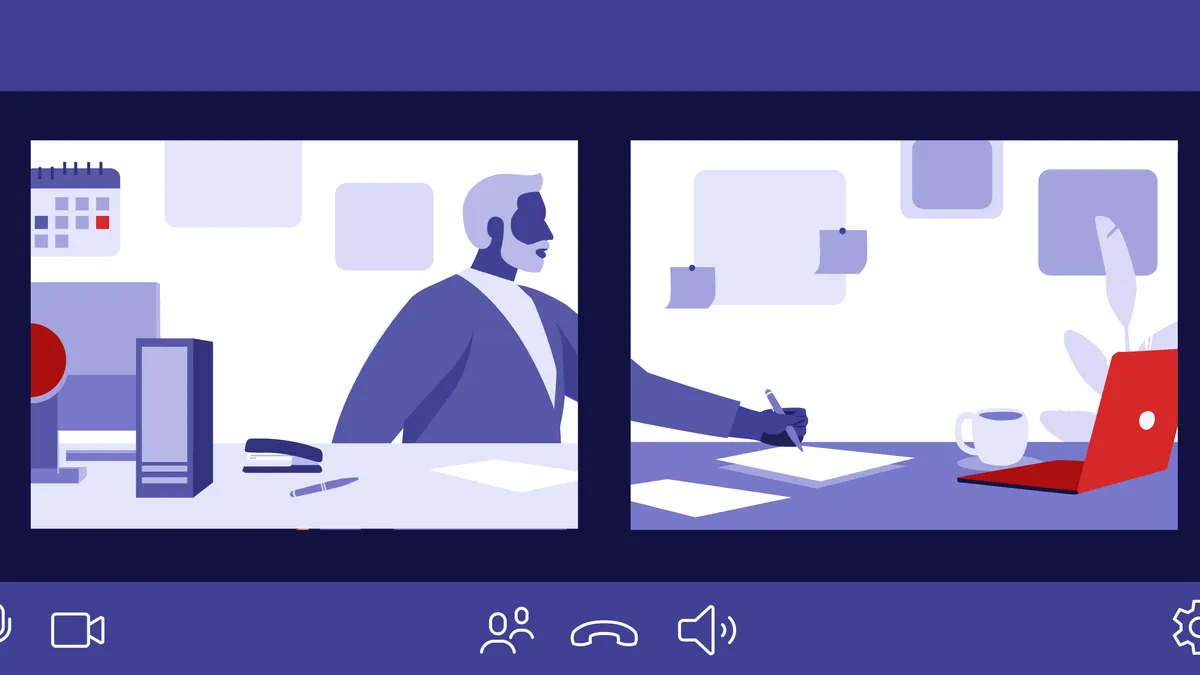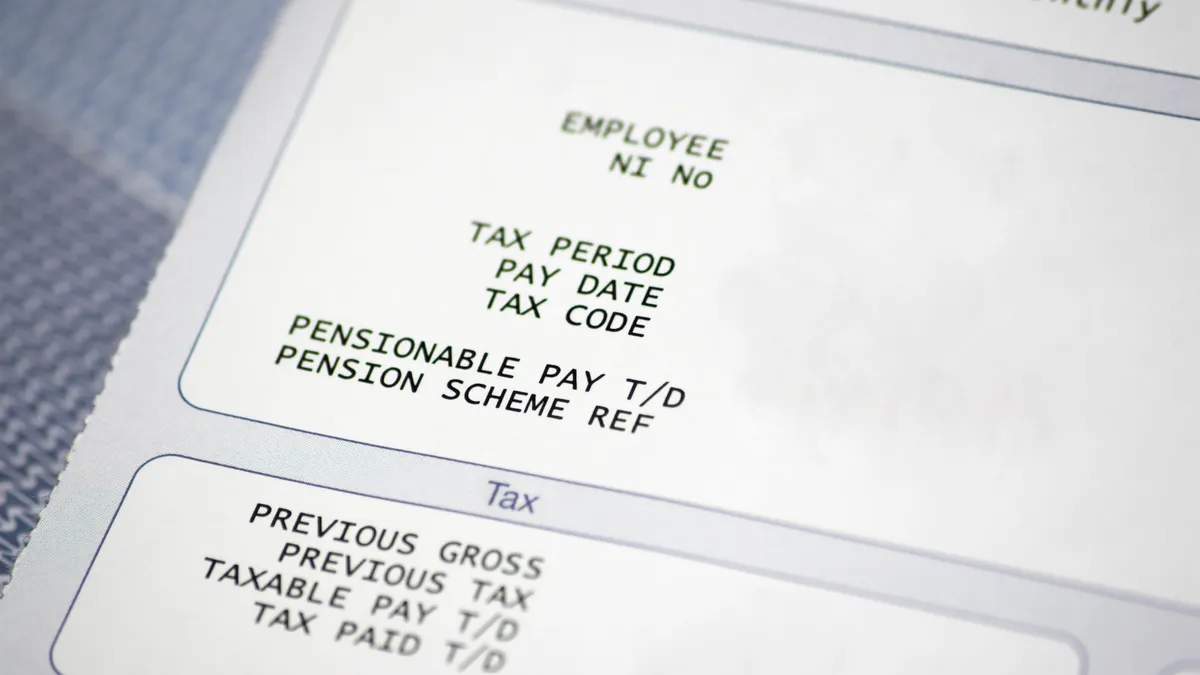After more than a year working from home, employees at financial services company Northwestern Mutual began trickling back to the office in mid-June. Operating under a hybrid model, the reopening was opt-in, and followed a pilot with just part of the workforce.
Adjusting to the challenges and upsides of having employees re-enter the office under a flexible model will take some time. Northwestern Mutual will use the next few months to learn from the experience, said Neal Sample, company EVP and CIO. But issues already popped up in the first week.
"We're definitely seeing a lot of calls into our call center for people to get reactivated and reacclimated" with systems, Sample said.
Data confirms the hybrid work environment will test most IT managers in the months ahead. Though just 12% of employees had returned to the workplace in June, 43% say they expect to be back in the office by the end of September, according to a survey of 3,600 U.S.-based workers conducted by The Conference Board.
With businesses operating simultaneously remote and in-person, they have to to support employee flexibility, a test for IT as systems must be able to respond to the ebb and flow of employees.
But long-term, a new, more complex problem arises; businesses need to set up software, hardware and cloud tools to enable digital parity for workers, supporting equal experiences regardless of their location.
"In some cases, there's a demand for duplicate or increased equipment, and that's something that we're going to have to take a little more time and solve," Sample said. "We had what we would call a higher-quality home experience and now we're bringing that gear back into the office, and now home feels like it's maybe not as productive. Or vice versa," he said.
IT challenges in the hybrid era
The employees entering the office are not the same as those who went home in March 2020.
In the process of adapting to full-time remote operations, employees gained tech savviness, and now 18% of workers see themselves as digital technology experts, according to Gartner. Over half say they use personally obtained applications or web services for collaboration.
Employees using self-provided tools means a potential for more shadow IT and less visibility into operations, right as daily workloads become difficult to predict under a flexible model. As the hybrid work technology landscape evolves, IT departments struggle to plan accordingly, said Marc Gaffan, CEO at Hysolate.
There is a moving scale of how many employees are going to be working in the office versus remotely. "You need to almost cater for both those extremes," Gaffan said.
"Nobody has scaled up a hybrid model yet. When anything's new you have to test and experiment, so firms are going through their own learning curves around this."

Bhushan Sethi
Joint global people and organization leader at PwC
With workers easing back into central hubs, it's harder for IT teams to uphold systems while navigating a greater number of tools and applications. Pre-pandemic, IT department toolkits included collaboration software, productivity tools and other enterprise applications. Now they must also run new platforms, such as workspace scheduling and digital onboarding tools.
To support hybrid, 72% of executives plan to increase spending on tools for virtual collaboration, and another 70% plan to double down on IT infrastructure to secure virtual connectivity, according to a PwC survey. Enhanced conference room technology and hoteling applications are also among the tools managers plan to double down on.
"IT functions are going to have to be able to provide all of the infrastructure that they're going to need around virtual working, in the office," said Bhushan Sethi, joint global people and organization leader at PwC.
It's up to technology support teams to ensure offices are equipped with quality screens that can connect workers with customers or teammates "at the press of a button."
Simultaneously, IT has to solve network constraints and bandwidth issues inside company headquarters as well as troubleshoot connections at home, as companies rely more and more on video-heavy tools to collaborate.
"When we're on Zoom or Teams or any of those collaboration platforms, how do companies start to think about the amount of bandwidth they have in their offices?" said Leon Gilbert, SVP and general manager of digital workplace services at Unisys. "That, potentially, was never designed for 100 people on a Zoom call using video."
Cybersecurity concerns of a hybrid model adds additional hurdles. When employees "go from a controlled corporate network to a less-controlled network" and bounce back and forth, there's further risk involved, said Sample.
The workplace will remain a target for malicious actors. Threat volume rose 48% between March 2020 and February 2021, according to Mimecast data published in March. There's a 95% likelihood that threat actors will continue to target the workplace going forward, preying on remote employees as well as those who return to the workplace, the company said.
Solving for digital parity
The picture of the modern enterprise depicts a transient workforce, coming and going from the office as the week progresses.
Some businesses, such as Dropbox, responded to the changes by retooling their offices to that effect. From the traditional office of the past, the software company turned to the concept of collaboration studios. Calendly did away with their headquarters and went fully remote, while Pinterest backed away from a planned San Francisco office hub.
"When we all went remote, in some ways, the playing field was leveled."

Meerah Rajavel
CIO at Citrix
Northwestern Mutual's retrofitted technology in existing spaces, combining software and hardware to equalize the workplace experience, according to Sample.
"What we've really been focused on is: how do we get that hybrid experience to feel as good as 'everybody's in the room together' or 'everybody's remote,' at the very least?" said Sample.
The company equipped conference rooms with cameras that dynamically zoom-in on the speaker through voice commands. It also added digital whiteboarding tools, a staple of the early pandemic response.
What's left is for businesses to ensure that employees have digital and experience parity, said Gilbert. While digital parity means equal access to tools needed for the job, employees seek an equal experience while using those tools no matter their location.

If dealing with the pandemic was hard on CIOs, the new hybrid work phase is "is going to be probably even more challenging," said Meerah Rajavel, CIO at Citrix.
"When we all went remote, in some ways, the playing field was leveled," said Rajavel. Under a hybrid work model, it's possible that unintentional bias or inequities can start to creep in if digital experiences don't match.
In the workplace of the future, wherever that may be located, the experiences are seamless.
"Today, I get on a team conference call with one click," said Rajavel. "When I walk into a conference room, I want the same thing: just one click, and the room should light up."
With insight into business, operations and technology, organizations will rely on their input to find the ideal framework for hybrid operations. But some may find comfort in that this is all new territory.
"Nobody has scaled up a hybrid model yet," said Sethi. "When anything's new you have to test and experiment, so firms are going through their own learning curves around this."
What's at risk if they fail? Aside from slipping in productivity and customer experience, organizations risk capitulating to the competition in the high-demand talent market.
"If technology leaders don't embrace that way of working, and enable their businesses for operating in that mode, we will lose talent in this war," said Rajavel.






















